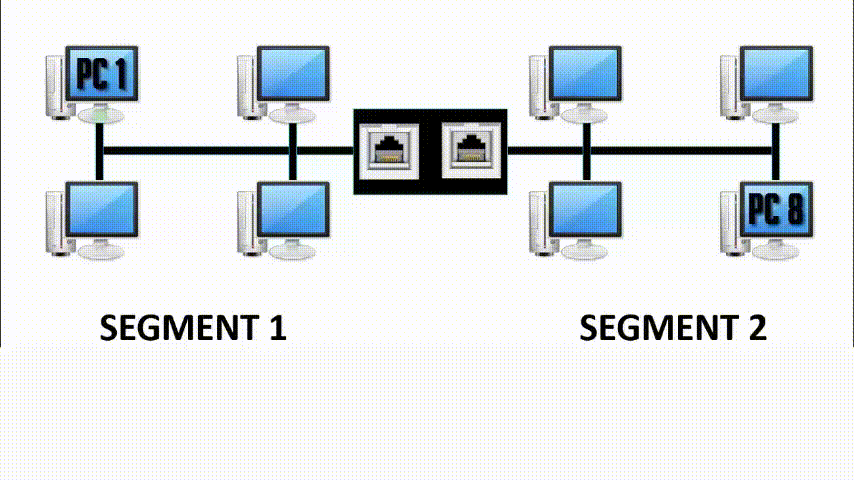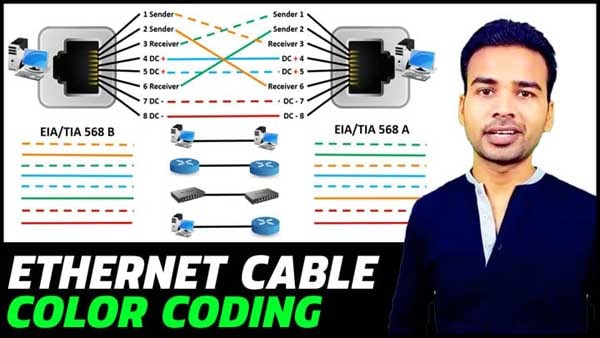The bridge is a networking device which is used to divides a LAN into multiple segments. Bridge basically works in a bus topology. Click here to know more about how the bridge works in a computer network. Now, let’s discuss the features of bridge, its advantages and disadvantages.

Features of Bridge
- Network Expansion – Increases the number of attached workstations and network segments
- Frame Buffering – Enables to interconnect different segments which use different MAC protocols as frames are buffered
- Transparency – Works at the MAC layer and hence are transparent to higher level protocols
- Reliability – Increases network reliability and makes the network easier to maintain by subdividing LAN into smaller segments which reduces congestion
- Speed – Is slow as compared to a repeater as it introduces delays due to buffering of frames.
- Overload – Overloads during periods of high traffic
- Expensive – More expensive than repeaters
- No filtering – Provides no filtering of the broadcast frames
How to connect bridge in the network:
- Connect one end of the network cable to the network port on the bridge.
- Then Connect other ends of the network cable to LAN port on the computer.
- Connect the power cable to the power connector of the bridge.
- Connect other ends of the power cable to a power strip or wall outlet.
Many companies such as Cisco, D-link, Linksys, etc. manufacture different types of bridges that are used in the network. The installation procedure may differ depending on the type and manufacturer.
Advantages of Bridges
- Bridges connect similar network types with different cabling
- Bridges increase the number of attached workstations and network segments
Disadvantages of Bridges
- Bridges is costly as compared to repeaters
- Bridges may affect performance as it buffers data frames
Difference between Bridge and Router
http://www.learnabhi.com/difference-between-bridge-and-router/


